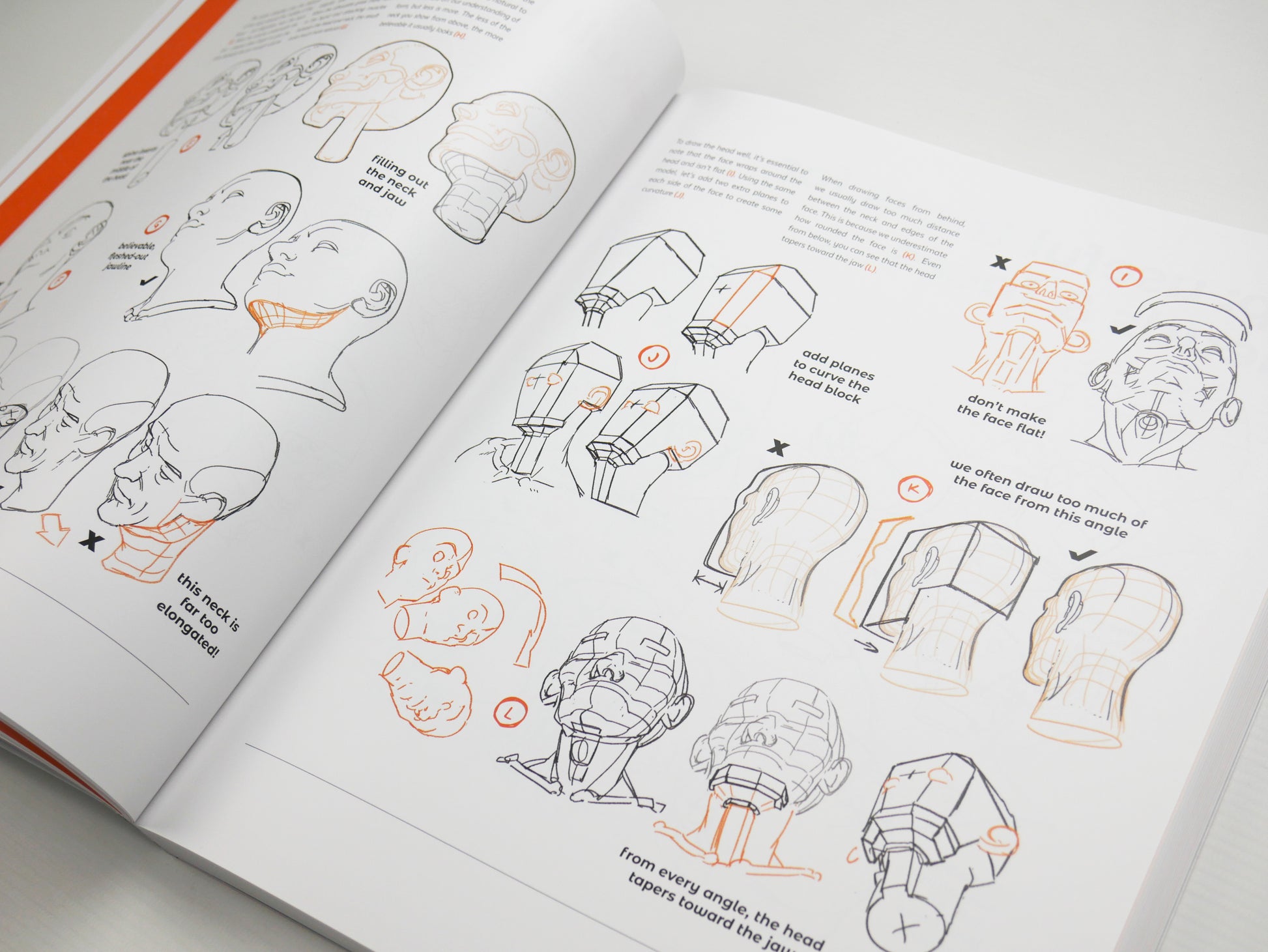Is your kneecap bothering you? Knee pain is a common problem that can affect people of all ages. The kneecap, also known as the patella, is a small bone that sits at the front of the knee. It helps to protect the knee joint and allows us to bend and straighten our leg. When the kneecap is injured, it can cause pain, swelling, and stiffness. In some cases, it can even make it difficult to walk.

Patella | Encyclopedia | Anatomy.app | Learn anatomy | 3D models - Source anatomy.app
Editor's Notes: The Ultimate Guide To Kneecap Anatomy, Function, And Common Injuries published on 02 November, 2023. It is important to understand the anatomy of the kneecap and the function of its components to diagnose and manage various injuries.
In this guide, we will take a closer look at the anatomy of the kneecap, its function, and some of the most common injuries that can affect it. We will also provide some tips on how to prevent and treat kneecap injuries.
Key Differences
| Feature | The Ultimate Guide To Kneecap Anatomy, Function, And Common Injuries | Other Guides |
|---|---|---|
| Scope | Comprehensive coverage of kneecap anatomy, function, and common injuries | Limited information or focus on specific aspects |
| Accuracy | Medically reviewed and evidence-based | May contain inaccuracies or outdated information |
| Presentation | Well-structured, easy-to-understand format | Unorganized or difficult to follow |
Main Article Topics
- Anatomy of the kneecap
- Function of the kneecap
- Common kneecap injuries
- Prevention and treatment of kneecap injuries
FAQ
This FAQ section provides concise answers to common questions related to kneecap anatomy, function, and injuries, as discussed in The Ultimate Guide To Kneecap Anatomy, Function, And Common Injuries.

Buy Palace Learning LAMINATED Anatomy and Injuries of the Shoulder - Source www.desertcart.lk
Question 1: What is the primary function of the kneecap?
The kneecap, or patella, is a sesamoid bone embedded within the quadriceps tendon. Its primary function is to protect the anterior aspect of the knee joint, preventing direct impact on the underlying structures such as the femur and tibia. Additionally, it serves as a lever, increasing the mechanical advantage of the quadriceps muscles during knee extension.
Question 2: What is the most common kneecap injury?
Patellofemoral pain syndrome (PFPS) is the most prevalent kneecap injury. It results from excessive friction between the kneecap and the underlying thighbone (femur) due to factors like muscle imbalances, improper alignment, or overuse. PFPS typically manifests as pain and discomfort around the front of the knee, especially during activities involving knee bending or squatting.
Question 3: Can dislocation of the kneecap lead to serious complications?
A dislocated kneecap, also known as patellar dislocation, is a severe injury that occurs when the kneecap is forced out of its normal position. If left untreated, it can result in instability of the knee joint, damage to the surrounding ligaments and cartilage, and potential osteoarthritis.
Question 4: What is the role of the quadriceps muscles in kneecap function?
The quadriceps muscles, located on the front of the thigh, are responsible for extending the knee joint. They attach to the kneecap via the quadriceps tendon, which transmits the force generated by the muscles to the patella. The kneecap, in turn, redirects this force to the tibia, facilitating knee extension.
Question 5: Can kneecap injuries be prevented?
While not all kneecap injuries are preventable, adopting certain measures can significantly reduce the risk. Regular exercise to strengthen the muscles supporting the knee, maintaining a healthy weight to minimize stress on the joint, and using proper techniques during physical activities can help prevent injuries.
Question 6: What are the treatment options for kneecap injuries?
Treatment for kneecap injuries depends on the severity and type of injury. Conservative measures such as rest, ice, compression, and elevation (RICE protocol), combined with physical therapy to strengthen the surrounding muscles, are often recommended. In more severe cases, surgical intervention may be necessary to repair damaged structures or realign the kneecap.
By understanding the anatomy and function of the kneecap, as well as the common injuries associated with it, individuals can make informed decisions regarding prevention, treatment, and recovery.
To delve deeper into the topic, refer to the comprehensive article: The Ultimate Guide To Kneecap Anatomy, Function, And Common Injuries
Tips
The ultimate guide to kneecap anatomy, function, and common injuries provides comprehensive information to help you understand and manage knee pain. Here are some tips to help you maintain healthy knees and prevent or address common injuries:
Tip 1: Strengthen the muscles around your knee
Strong leg muscles help to stabilize the knee and prevent injuries. Focus on exercises that target the quadriceps, hamstrings, and calves.
Tip 2: Maintain a healthy weight
Excess weight puts stress on the knees and can lead to pain and osteoarthritis. Losing weight can help to reduce pain and improve overall knee health.
Tip 3: Avoid activities that aggravate knee pain
If you have knee pain, it's important to avoid activities that make it worse. This may include running, jumping, or squatting. Consider switching to low-impact activities like swimming or biking.
Tip 4: Use proper technique when exercising
Improper exercise technique can put stress on the knees and lead to injuries. Always warm up before exercising, and use the correct form when performing exercises.
Tip 5: Wear supportive shoes
Well-fitting shoes with good arch support can help to stabilize the knees and prevent pain. Avoid wearing high heels or shoes with flat soles.
Tip 6: Apply ice to reduce swelling
If you experience knee pain and swelling, apply ice packs to the area. Ice can help to reduce inflammation and pain.
Tip 7: Take over-the-counter pain relievers
Over-the-counter pain relievers, such as ibuprofen or naproxen, can help to reduce pain and inflammation.
Tip 8: See a doctor if knee pain persists
If you have knee pain that persists for more than a few weeks, see a doctor. There may be an underlying medical condition that needs to be treated.
Summary of key takeaways or benefits
By following these tips, you can help to maintain healthy knees and prevent or address common injuries. If you experience knee pain, it's important to see a doctor to rule out any underlying medical conditions.
Transition to the article's conclusion
The Ultimate Guide To Kneecap Anatomy, Function, And Common Injuries
The kneecap, medically termed the patella, is a crucial component of the knee joint. Understanding its anatomy, function, and common injuries is essential for maintaining optimal knee health.
- Structure: Triangular, sesamoid bone embedded in the quadriceps tendon.
- Function: Acts as a lever, increasing quadriceps' mechanical advantage for knee extension.
- Protection: Shields the underlying knee joint from external impact and friction.
- Ligaments: Connected to the femur and tibia by the patellar ligament and patellar retinaculum.
- Injuries: Prone to dislocations, fractures, and patellofemoral pain syndrome.
- Treatment: Management of injuries involves RICE protocol, physical therapy, or surgical intervention if necessary.
The kneecap's unique structure and role in knee mechanics make it susceptible to various injuries. Timely diagnosis and appropriate treatment are crucial for preventing long-term complications and preserving knee function. Proper rehabilitation and strengthening exercises can help restore stability and prevent recurrence of injuries.

?Anatomy For Artists! Drawing Form Pose By Tomfoxdraws, 44% OFF - Source dpise2022.dps.uminho.pt

DOWNLOAD epub Anatomy for Artists Drawing Form Pose The ultimate guide - Source www.docdroid.net
The Ultimate Guide To Kneecap Anatomy, Function, And Common Injuries
In the realm of human anatomy, the kneecap, also known as the patella, holds a pivotal position. As the largest sesamoid bone in the body, it serves a multifaceted role in the proper functioning of the knee joint. This comprehensive guide delves into the intricacies of kneecap anatomy, exploring its unique structural composition and its crucial role in facilitating knee flexion and extension. Additionally, it examines the common injuries that can affect the kneecap, providing essential insights into their causes, symptoms, and treatment options. Understanding these aspects is paramount for maintaining optimal knee health and preventing potential complications.

J Brace Patellar Stabilizer with Lateral Knee J-Strap | Common knee - Source www.pinterest.com
The kneecap's anatomy exhibits a remarkable degree of complexity. It comprises a triangular-shaped bone with an apex directed superiorly and a base facing inferiorly. The anterior surface is smooth and convex, allowing for effortless gliding against the distal end of the femur during knee movements. Conversely, the posterior surface is characterized by a trochlear groove that articulates with the trochlea of the femur, ensuring smooth and controlled motion.
The kneecap plays a pivotal role in facilitating knee flexion and extension. As the quadriceps muscle contracts, it exerts a pull on the patellar tendon, which in turn transmits this force to the kneecap. This action enables the knee to extend, straightening the leg. Conversely, when the hamstring muscles contract, they flex the knee, and the kneecap glides smoothly within the trochlea, accommodating this movement.
Despite its robust nature, the kneecap is not immune to injuries. Patellar tendinitis, a common ailment, arises from inflammation of the patellar tendon, often resulting from overuse or excessive strain. Another prevalent injury is patellofemoral pain syndrome, characterized by pain around the kneecap, frequently caused by improper alignment or imbalances in the muscles surrounding the knee. In severe cases, a kneecap fracture may occur due to direct trauma or a sudden forceful impact, potentially necessitating surgical intervention.
A thorough understanding of kneecap anatomy and potential injuries is essential for individuals involved in sports, fitness, and healthcare. This knowledge empowers them to engage in preventive measures and seek appropriate medical attention when necessary, thereby safeguarding their knee health and maximizing their mobility and performance.
| Injury | Cause | Symptoms | Treatment |
|---|---|---|---|
| Patellar Tendinitis | Overuse or excessive strain | Pain and tenderness below the kneecap | Rest, ice, compression, and elevation (RICE), physical therapy |
| Patellofemoral Pain Syndrome | Improper alignment or muscle imbalances | Pain around the kneecap | Activity modification, physical therapy, strengthening exercises |
| Kneecap Fracture | Direct trauma or forceful impact | Severe pain, swelling, and deformity | Immobilization, surgery in severe cases |
